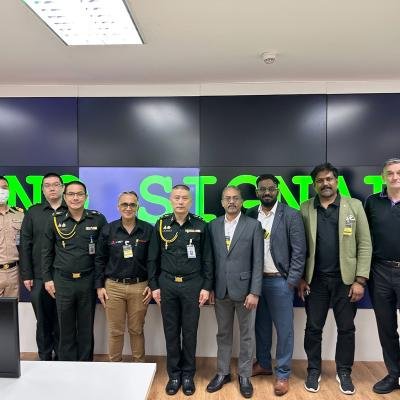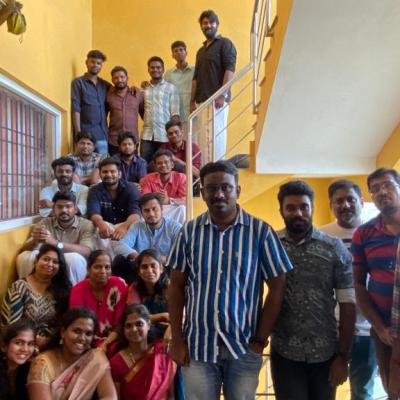Kaliraj
New Iran-Linked DCHSpy Android Malware Threatens Middle East – How Secure Is Your Mobile Data?
Mobile Malware Surge: A Digital Epidemic
Did you know that mobile malware attacks have increased by 47% in the past year alone? And among all platforms, Android devices remain the most targeted, due to their global user base and often less-restricted app ecosystem.
Microsoft’s Emergency Patch for CVE-2025-XXXX: A Wake-Up Call on the State of Zero-Day Vulnerabilities
Did you know that over 60% of successful cyberattacks exploit unpatched software vulnerabilities?
This sobering fact underscores the urgency behind Microsoft’s latest emergency patch addressing a critical zero-day vulnerability—CVE-2025-XXXX—a flaw that has already been actively exploited in the wild.
In today's hyper-connected workplace, Microsoft Teams has become the beating heart of internal collaboration. With over 320 million monthly active users as of 2025, it’s no exaggeration to say that Teams is the backbone of communication for countless businesses across the globe.
But with great popularity comes great risk.
Imagine your website crashing in the middle of your biggest sales day. Now imagine that crash was no accident – it was a calculated, high-volume DDoS attack, flooding your servers with traffic and leaving your business offline, helpless, and hemorrhaging revenue.
What if the very GPU powering your AI models and high-performance applications could be hijacked to compromise your entire system? That’s not a futuristic threat—it’s the emerging reality. A newly identified attack vector, GPUHammer, is bringing hardware-level cybersecurity concerns back into the spotlight, and it's time organizations reassess their GPU security posture.
Critical MCP Remote Vulnerability Exposes Millions of Devices – Is Your Business at Risk?
Imagine waking up to 80% of your connected infrastructure already compromised.
That’s not a theoretical scenario—it’s a looming reality, thanks to a newly discovered Remote Code Execution (RCE) vulnerability in the Message Queuing Telemetry Transport Control Protocol (MCP). Tracked as CVE-2025-XXXX, this critical flaw has triggered red alerts across the global cybersecurity community—and with good reason.
Did you know that over 60% of web applications built on ASP.NET are vulnerable to injection attacks?
In a world where cyber threats are constantly evolving, one exploit can bring entire systems to their knees. The recent Gold Melody IAB campaign has spotlighted severe security lapses in the popular ASP.NET framework, reminding us how outdated code, weak patching policies, and lax monitoring can give attackers an open door into corporate environments.
Did you know that 68% of cyberattacks now involve fileless or evasion techniques?
The recent resurgence of the leaked Shellter tool in hacker arsenals is a wake-up call: legacy security systems are being outmaneuvered by sophisticated evasion tactics. It’s time we asked the hard question — is your organization truly prepared?
What This Identity Breach Teaches Us About the Future of Cybersecurity
In the rapidly evolving world of cybersecurity, threats rarely announce themselves with a bang. Instead, they slip quietly into networks, masked by fake credentials, posing as legitimate users, and bide their time.
The Silent Cyber Siege Facing Your Business
In the digital battlefield of 2025, the enemy isn’t just at the gates—they're inside the walls, quietly collecting intelligence, preparing for high-impact disruption. The latest campaign from the NightEagle Advanced Persistent Threat (APT) group proves that many organizations are still unprepared for modern cyber warfare.
















